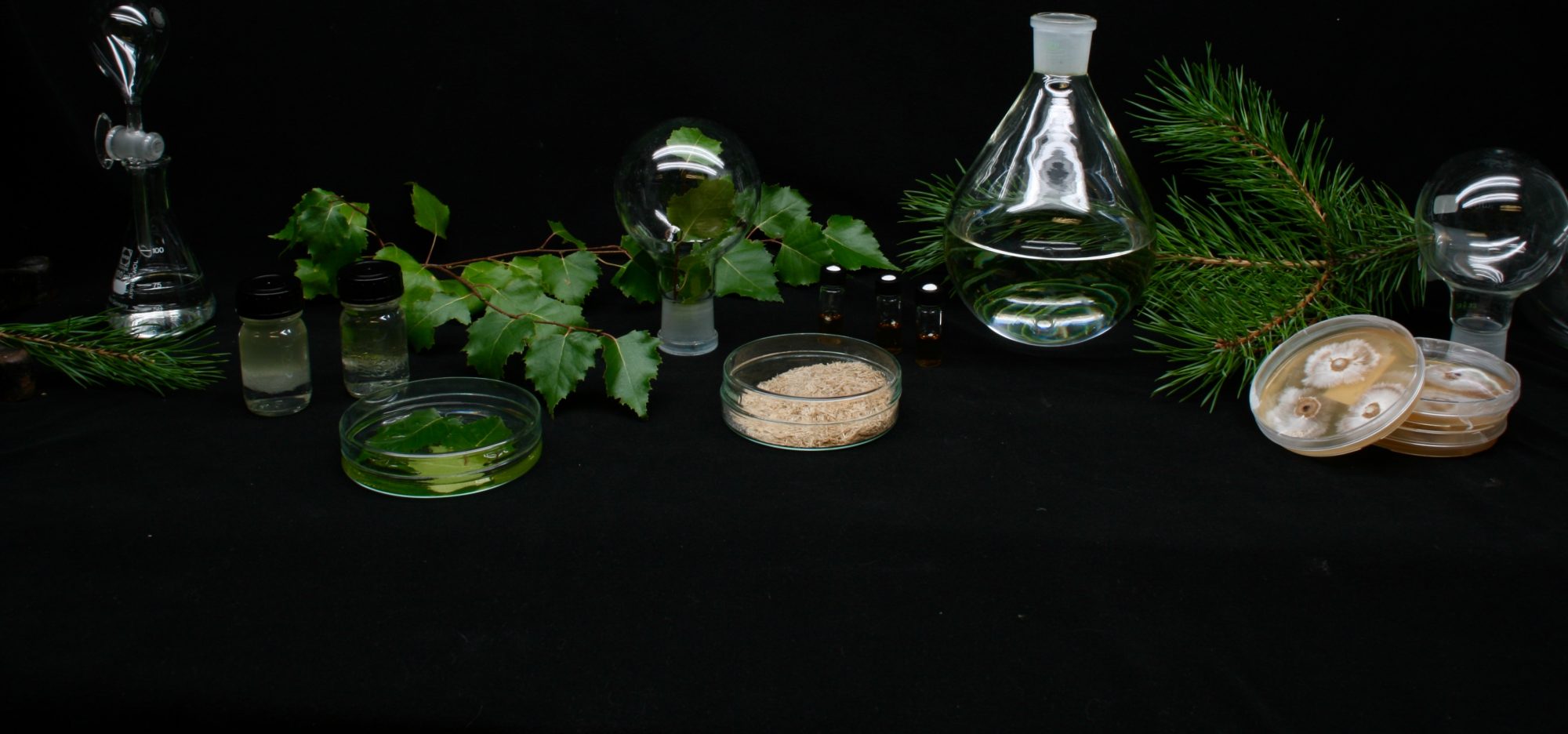The Food Materials Science group studies the applicability of spruce gum in dispersion-based systems, such as food, beverages, cosmetics, and chemicals. To formulate applications of spruce gum to produce high quality products, knowledge on its solution properties is very essential.
A recently published article by Mamata Bhattarai et al. reveals that spruce gum forms higher-order structures in water, such as aggregates and colloidal particles. We demonstrated this, for the first time, by fractionating and studying all the fractions of spruce gum using asymmetric field-flow fractionation and a combination of light scattering and electron microscopy.
Spruce gum is mainly composed of galactoglucomannan polysaccharides, but also other structures are co-extracted from spruce wood with the polysaccharides. Unpurified spruce gum containing high levels of lignin occurred in water in the form of polysaccharide-aggregate-particle mixture. Spruce gum after purification by ethanol precipitation did not show particles, but the aggregates still existed. Characterization of this unique mixture of spruce gum was challenging; thus, several parameters during the analytical fractionation had to be optimized. The article discusses several aspects about challenges to fractionate complex polysaccharide mixtures and possible approaches to address them.
The work was a result of excellent collaboration between the FoMSci group (Department of Food and Nutrition, University of Helsinki), Department of Physics (University of Helsinki), and the University of Natural Resources and Life Sciences (BOKU), Austria.
The article is available as open access here.

